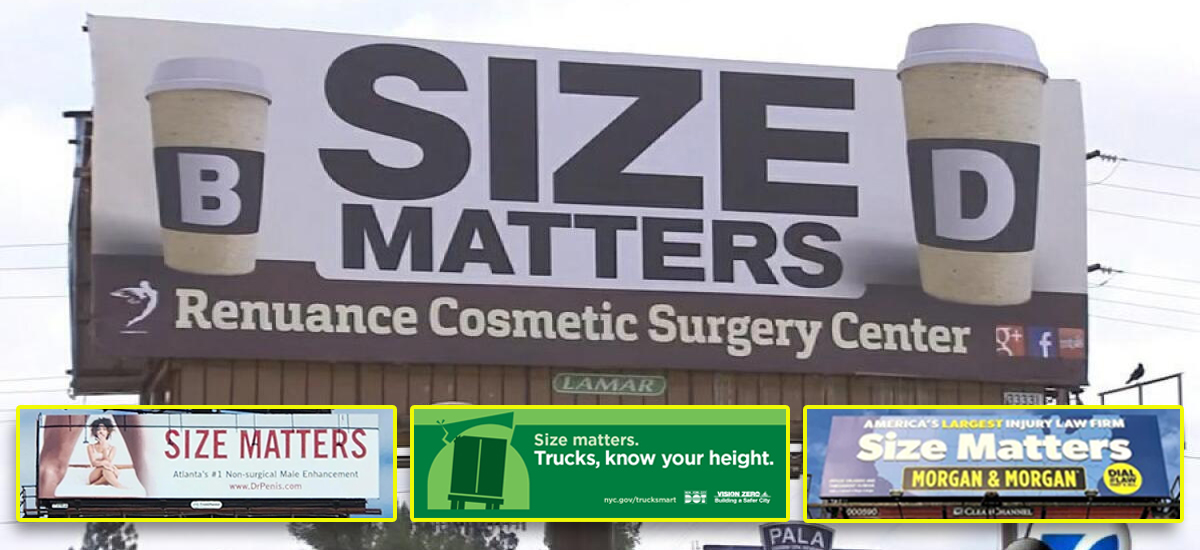
The one-way tolls on the Verrazano Bridge have been a major cause of truck traffic in New York City since they were instituted in 1986. Though numerous efforts to restore two-way tolls have failed over the last two and a half decades, technological progress may finally bring victory within reach. Congressman Jerry Nadler thinks that the MTA's moves toward cashless tolling could make two-way tolls politically feasible, and he's trying to pass the federal legislation necessary to allow them.
The one-way tolls concentrate truck traffic in the city along specific routes and hit some communities -- like Chinatown -- especially hard. Trucks from New Jersey can drive into Staten Island, cross east on the Verrazano for free, drive up the BQE or Brooklyn local roads to the free Manhattan Bridge, then cross Lower Manhattan and head back to New Jersey for free through the Port Authority's tunnels, which impose no tolls heading westbound. This long counterclockwise circle can save trucking companies a fortune in tolls, while endangering and clogging up New York City's streets for everyone else.
"A two-way toll would eliminate the flow of trucks entering New York City via Staten Island in order to escape the charges on the Hudson River bridge and tunnel crossings," said Nadler, who represents hard-hit Lower Manhattan. "With the MTA now poised to test new toll-collection technologies, which are likely to be implemented across the region, all New Yorkers will reap the benefits and the MTA will generate new revenue that it sorely needs."
You may be wondering: How did such a senseless policy get enacted in the first place? The answer: Staten Island politics. Residents were sick of the long lines of traffic building up behind the tollbooths on the Staten Island side of the bridge, spewing exhaust near their homes.
In response, Congressman Guy Molinari, with strong support from Senator Al D'Amato, stuck a provision into federal transportation law forbidding two-way tolling across the Verrazano in 1986. Eliminating the eastbound charge meant that tolls only caused back-ups on the bridge itself and in Bay Ridge. The MTA was opposed to the move at the time, and the following year reported increased traffic through Lower Manhattan and millions in lost toll revenue as a result of the switch.
For years, prominent New York politicians have fought to restore two-way tolling. In 1988, Governor Mario Cuomo recommended that two-way tolls be allowed at least for trucks, a move that had the support of Mayor Ed Koch. In 1993, Mayor David Dinkins joined with the Manhattan and Brooklyn borough presidents and the MTA to petition the feds for two-way tolls.
Those efforts were ultimately unsuccessful. In 1995, the one-way tolls were actually further entrenched, when the arrangement was codified in a permanent federal law, the National Highway System Designation Act, for the first time.
Attempts to bring back two-way tolls and dam up the river of truck traffic remained something of a regular, if futile, occurrence. Nadler's predecessor, Ted Weiss, was also a fierce proponent of two-way tolling. And Nadler himself introduced legislation to allow one-way tolls in 1999, 2001 and 2003, according to the Brooklyn Paper.
Nadler thinks the situation might be different this year. The key is cashless tolling, a technology ready for widespread implementation. The MTA recently announced its plans to use cashless tolling for all traffic on the Henry Hudson Bridge by 2012. If traffic doesn't even have to stop to pay the tolls, Staten Island's whole objection to eastbound tolls should disappear.
According to a spokesperson for Nadler, the Congressman is working with Transportation Committee chair James Oberstar to determine the right legislative vessel for the Verrazano language. The federal transportation bill, which seems to have new momentum, is one option, he said.
Nadler's district director Rob Gottheim was at a Manhattan Community Board 2 Tuesday night talking up the plan.
Even with the advent of cashless tolling, however, two-way tolls could still be a heavy lift politically. The unused eastbound tollbooths were recently torn down and at that event, Staten Island Congressman Michael McMahon announced that "it gets rid of the specter of the two-way toll." And unlike past mayors, Michael Bloomberg doesn't appear to have ever publicly spoken up in favor of two-way tolls. We have calls in with both McMahon and Bloomberg's offices to confirm their positions.





